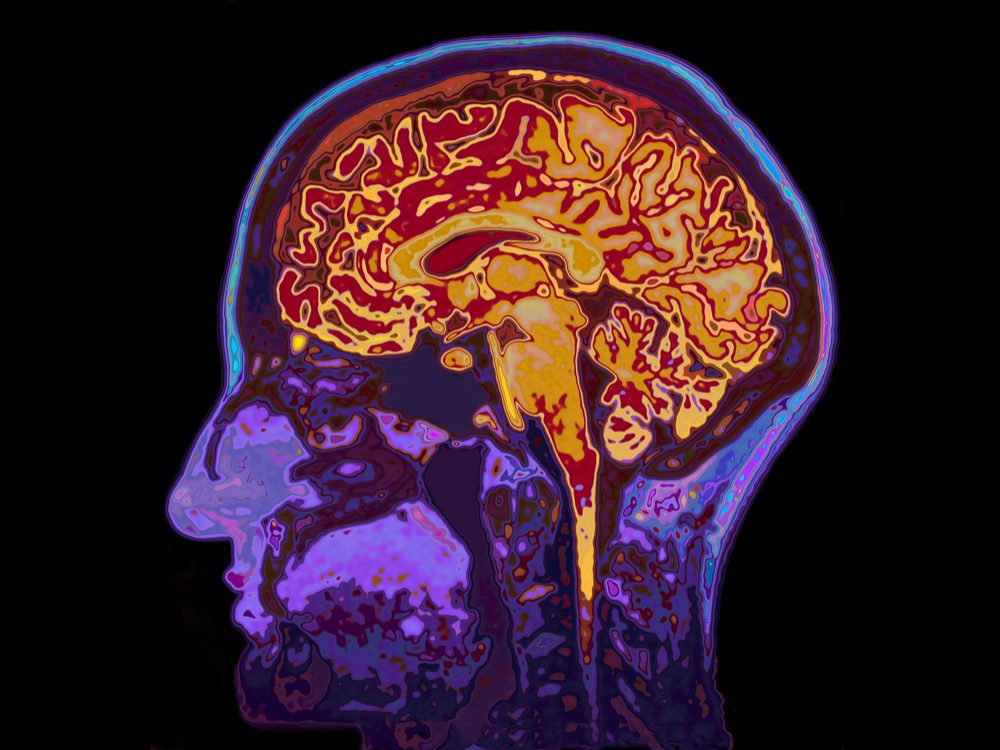
What’s wrong with me?
The patient: Arthur, a 64-year-old retired accountant
The symptom: Painful leg tingling
The doctor: Dr. Philippe Huot, movement disorder neurologist, McGill University Health Centre, Montreal
In 2004, Arthur was diagnosed with Parkinson’s disease, the progressive nervous system disorder most known for affecting balance and movement. He experienced those symptoms, but what caused him the most distress was something more unusual: an excruciating pins-and-needles sensation in his right leg that had started a few years after the onset of his disease.
The constant pain made sleeping and walking difficult, and the only thing that brought fleeting relief was a hot shower. A neurologist had Arthur try an antidepressant that can sometimes relieve physical discomfort, and another medication for neuropathic pain, but neither helped. In 2014, Arthur was referred to Dr. Philippe Huot, who now works at the Montreal Neurological Institute and Hospital.

Arthur’s doctor finds a clue
Huot was puzzled by Arthur’s case. Some Parkinson’s patients develop restless legs syndrome, he explains, which causes an unpleasant, creepy-crawly feeling. “Usually it’s in both legs, though, and it’s alleviated by movement,” he says. Also, although Arthur complained about only his leg, Huot learned from the patient’s wife that he also experienced dizziness, fatigue, apathy and signs of anxiety and depression. He spent his days watching TV instead of socializing with friends as he used to.
A nerve-conduction study was run on Arthur, which ruled out nerve damage and supported Huot’s suspicion that this wasn’t just a leg problem.
Considering that Arthur’s pain began years after he was diagnosed with Parkinson’s, Huot wondered if it was a result of the disease’s progression and increased his patient’s dosage of levodopa, the medication that helps the brain make more dopamine, which is deficient in people with Parkinson’s. “That didn’t work,” Huot recalls, but thinking about medication did put him on the right path.
Here are 42 strange symptoms that can signal a serious disease.

An answer is found!
Ten years earlier, Huot discovered, Arthur had taken dopamine agonist drugs. Commonly prescribed for Parkinson’s, they are often discontinued because many patients experience impulse-control disorders while taking them. The patients turn into gamblers, shopping addicts or overeaters. Sometimes, they experience a peculiar side effect known as punding—performing a repetitive, purposeless action, such as lining up paper clips or other small objects.
At that time, Arthur spent extravagant amounts of money on lottery tickets and was forced to stop taking the medication—exactly seven years ago, when the leg pain began.
Due to the timing, Huot suspected dopamine agonist withdrawal syndrome (DAWS), which had only been recently identified. Neurologists today, warier of impulse-control disorders, are more likely to taper dopamine agonists than they were a decade ago. Consequently, an awareness is emerging that perhaps one-fifth or more of patients who go off them have symptoms like Arthur’s, sometimes lasting for years. “Would it abate after 10 or 20 years?” Huot wonders. “At this time, it’s still unknown.”
Since the treatment for DAWS is to go back on the medication, Huot prescribed it and asked Arthur’s wife to watch out for any recurrence of impulsive behaviour.
Within two weeks, Arthur’s leg tingling disappeared, but his careless spending returned and he gained 20 pounds. Also, whenever he saw a box of tissues, he felt compelled to remove them until the box was empty.
Huot reduced the medication, which minimized those urges while keeping the tingling at bay. Although Arthur once again felt apathetic, it was less severe than when he wasn’t taking the dopamine agonist at all.
“He was free of pain, and that was his main concern,” says Huot. “We felt the balance was acceptable.”
Next, check out the story of the man who was crushed by a cow—and how it saved his life!